To Bryen, Sadie and Lorna Gentry
Historian Caffreys reconstruction of that journey breathes new life into it.
Long Beach Press
Written in prose that manages to be both crisp and poetic, the history includes in vivid detail the known facts about the emigration of the Pilgrims, beginning several years before the sailing of the Mayflower, and continuing until the death in 1657 of William Bradford, Governor of Plymouth Colony.
Richmond Times-Dispatch
Recreates scenes from the time of the Pilgrims with vividness.
Kansas City Star
The Pilgrims were a hardy band and possessed unique traits. The flavor of these traits is captured by the author and her narration of the settlements adventures is easy to read.
Associated Press
Brings it all together in a readable, coherent single volume.
Charleston Evening Post
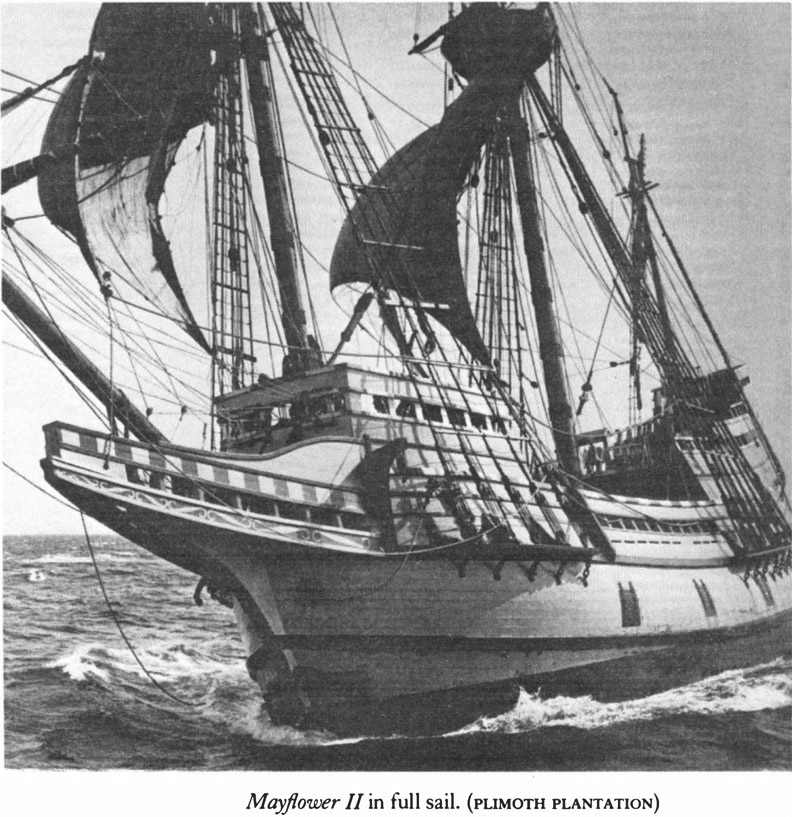
Published by Rowman & Littlefield
A wholly owned subsidiary of The Rowman & Littlefield Publishing Group, Inc.
4501 Forbes Boulevard, Suite 200, Lanham, Maryland 20706
www.rowman.com
16 Carlisle Street, London W1D 3BT, United Kingdom
Distributed by National Book Network
Copyright 1974 by Kate Caffrey Toller
First Rowman & Littlefield edition 2014
All rights reserved. No part of this book may be reproduced in any form or by any electronic or mechanical means, including information storage and retrieval systems, without written permission from the publisher, except by a reviewer who may quote passages in a review.
British Library Cataloguing in Publication Information Available
Library of Congress Cataloging-in-Publication Data
Library of Congress Control Number: 2014947733
ISBN: 978-1-4422-4248-7 (pbk. : alk. paper)
ISBN: 978-1-4422-4249-4 (electronic)
 The paper used in this publication meets the minimum requirements of American National Standard for Information SciencesPermanence of Paper for Printed Library Materials, ANSI/NISO Z39.48-1992.
The paper used in this publication meets the minimum requirements of American National Standard for Information SciencesPermanence of Paper for Printed Library Materials, ANSI/NISO Z39.48-1992.
Printed in the United States of America
The which I should endeavour to manifest in a plain style, with singular regard unto the simple truth in all things; at least as near as my slender judgment can attain the same.
William Bradford
What makes a nation in the beginning is a good piece of geography.
Robert Frost
The Pilgrim saddle is always on the Bay horse.
Old New England saying
All sources are suspect.
A. J. P. Taylor
L I S T O F I L L U S T R A T I O N S
Mayflower II in full sail frontispiece
Manor Farm, Scrooby, where Separatist Meetings were held
William Brewsters cottage, Scrooby
William Bradfords birthplace, Austerfield
Austerfield Church where Bradford was baptized
Boston Guild Hall. The cells where the Pilgrim Fathers were imprisoned
John Speeds 1611 map of Southampton
The Mayflower Compact
The title page from Goode Newes from New England by Edward Winslow
Facsimile of first page of Governor Bradfords History of the Plimoth Plantation
A map of Plymouth, Massachusetts, in the 1880s
A modern day recreation of early Plymouth
Dartmouth, Bayards Cove today
Plymouth, the Mayflower steps today
PART ONE
A Great Design
The English spring is clearly in sight of summer when the hawthorn trees come into flower. As soon as those clusters of blossom cast their delicate scent across field or garden or municipal park it is safe, as the ancient English proverb has said for centuries, to put away ones winter clothes and let ones thoughts rove happily ahead to cricket and tennis on shaven lawns, chairs in the garden, strawberries and cream. As with the chestnut trees, the white hawthorn usually appears earlier than the pink and it is of the white that one instantly thinks. Nothing is more English than the flowering may, and it is interesting that in the seventeenth century many English ships, among all the rest with names like Lion or Fortune, Hopewell or Discovery, were called Mayflower.
One ship bearing this name was sailing from Leigh in 1606 and London in 1607 to the wine ports of Bordeaux and La Rochelle, bringing home barrels of Frances best-loved export. It was a sizable ship for its time, about ninety feet long (only twelve feet longer than a tennis court), just over twenty-six feet at its widest (shorter than the world record long jump), and 180 tons in weight. Four hundred and fifty such vessels would add up to the tonnage of the Queen Mary; eleven such, in a line, would not equal the Queen Mary s length.
No one knows what ports this Mayflower belonged to in the earlier years, but between 1609 and 1611 she was designated of Harwich in the port books. Harwich, situated beyond Roman Colchester at the outermost tip of Essex, is still one of the smallest of English ports, and certainly one of the most attractively set, its harbor facing north to Suffolk across the beautiful estuary of the River Stour, and its little old town around the corner toward the flat pale expanse of the North Sea still has something of a Dutch flavor about it. But before 1620 the ship was again based at the Port of London.
In 1620 Oliver Cromwell came of age. Charles Stewart, whose death warrant Cromwell would sign a generation later, was twenty. Descartes was twenty-four, Izaak Walton twenty-seven, Robert Herrick twenty-nine. Among the children, La Rochefoucauld was seven, Samuel Hudibras Butler eight, Turenne nine, Milton twelve. Corneille was fourteen. Richelieu was thirty-five, John Donne approaching fifty, Francis Bacon nearly sixty. Galileo was fifty-six. Shakespeare had been dead four years, Raleigh two. In the following year La Fontaine and Andrew Marvell would be born; within eight years Molire, Wren, George Fox, John Bunyan. King James I, that somewhat distressing monarch who dribbled and spat over his food, wrote a book about witchcraft and a blast against tobacco, was fifty-four in the year that saw the births of such ill-assorted characters as John Evelyn, Ninon de lEnclos, and Cyrano de Bergerac. It was also, of course, the year the Mayflower sailed on her most celebrated voyage.
The sixteenth century had been an age of expansion. Impelling curiosity and the wish for conquest and riches caused European governments to finance expeditions to the New World. Columbuss thirty-three-day voyage ended among beautiful varied scenery, lush growth, simple kindly generosity from the natives, and an apparently unlimited potential. Since then the leading colonial power had unquestionably been Spain, with her big navy and merchant marine, large tough army, and dauntless priests. By 1550 Charles V could lay claim to many Caribbean islands, to Mexico by right of conquest, to a vast undefined area north of the Rio Grande, and to all South America except Brazil, which belonged to Portugal. The first atrocious cruelties to the Indians were curbed by church and king and the settlers showed no hesitation in intermarrying; they also peppered the territories with mission stations, even as far north as the coast of California, where they named these after such people as St. Francis, St. Barbara, and Our Lady Queen of the Angels. Treasure fleets sailed regularly home, carrying gold and silver worth tens of millions of pesos a year, the Spanish peso being rated then at a particularly high value. Spain had, in fact, raced ahead so that by the time England was getting seriously interested in colonies there were over two hundred settlements in South America and Mexico, many of them flourishing towns with schools (the University of Mexico was started in 1551), printing presses and bookshops, and cathedrals, all backed up by the mines, ranches, and sugar plantations.


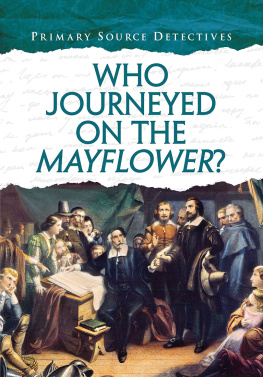
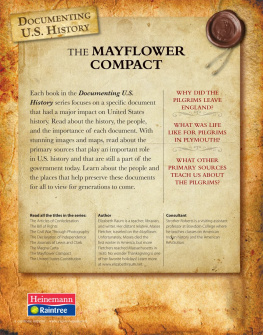

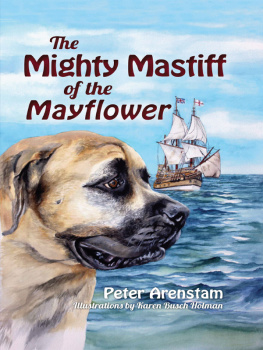



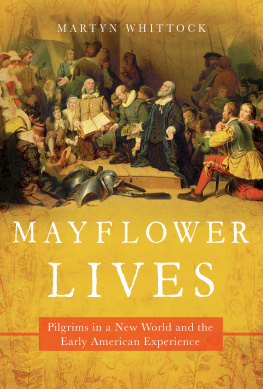
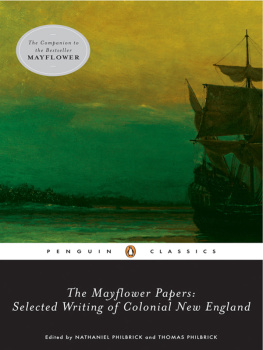
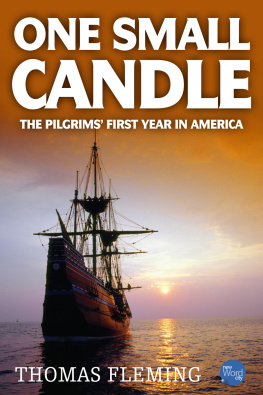
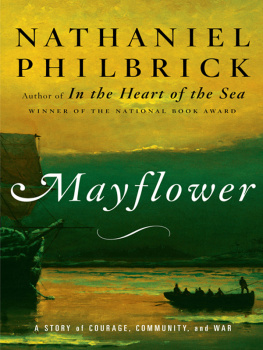


 The paper used in this publication meets the minimum requirements of American National Standard for Information SciencesPermanence of Paper for Printed Library Materials, ANSI/NISO Z39.48-1992.
The paper used in this publication meets the minimum requirements of American National Standard for Information SciencesPermanence of Paper for Printed Library Materials, ANSI/NISO Z39.48-1992.